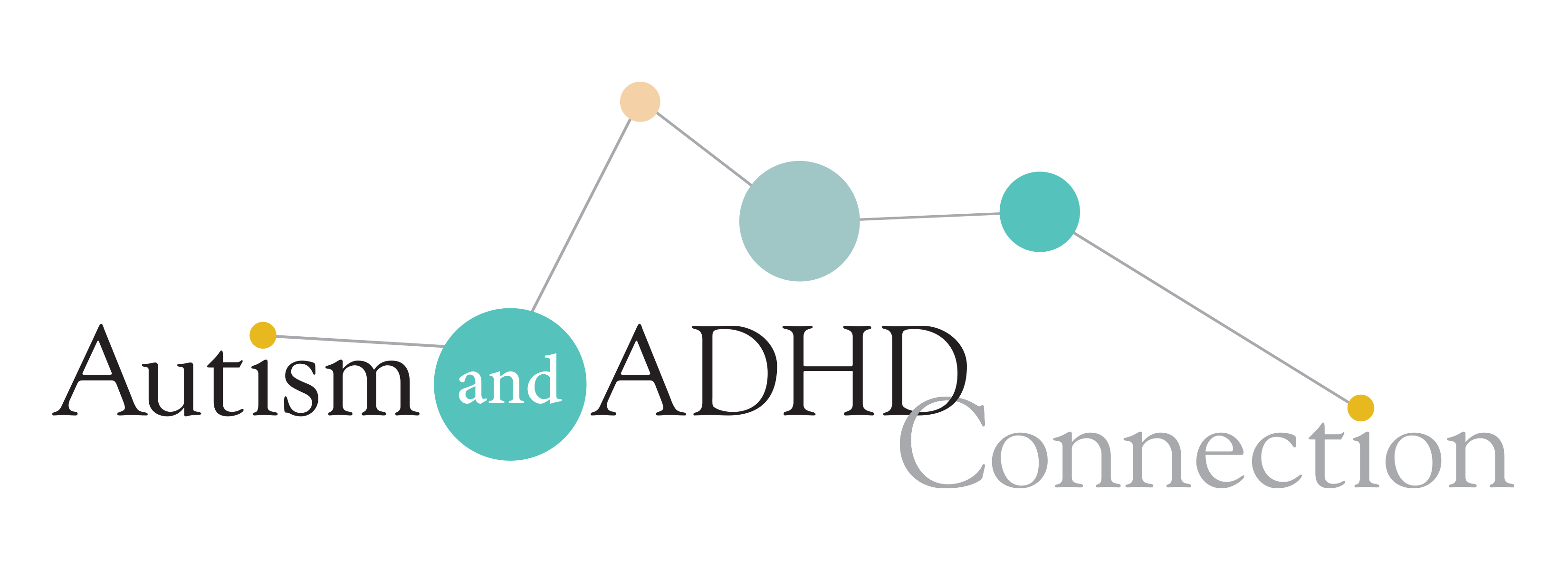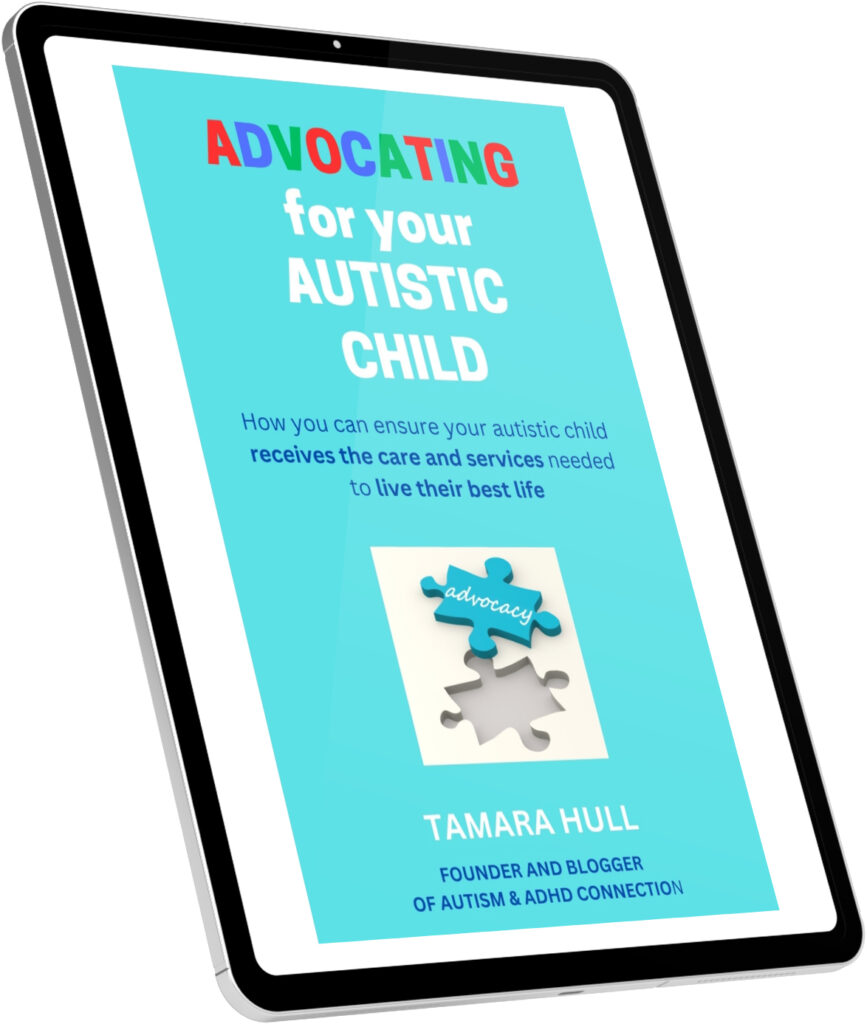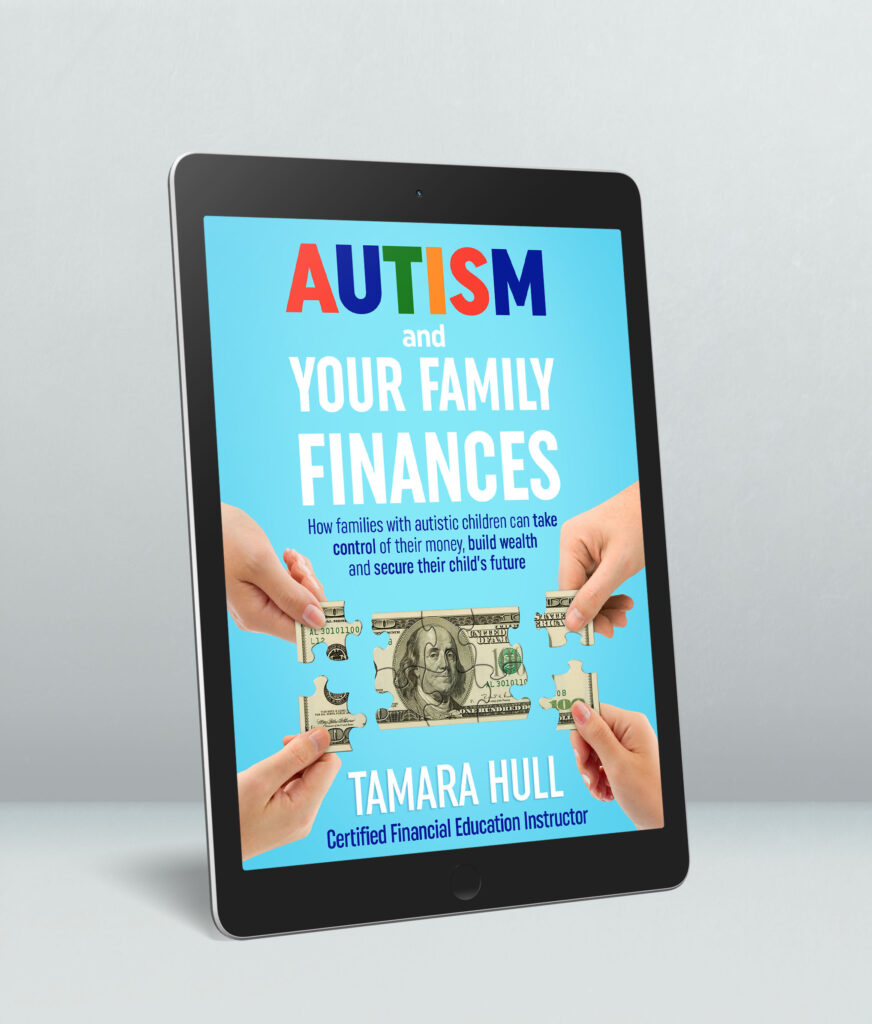Sometimes children need external motivation and incentives to help them change behaviors or consistently work at a new skill or task. That is especially true for our children with autism and ADHD. For people with ADHD, many times they lack internal motivation to stick with something. Therefore, incentives such as a token system can work well for periods of time for children with autism and ADHD.
What is a token system?
A token system provides positive reinforcement to help a person with behavior change or adherence to tasks. You can work on one particular behavior or have a list of a few tasks that need to be completed. Then for each instance in which your child completes it, they receive a “token” toward a reward. The token can be physical such as a poker chip, slip of paper, stickers or leftover arcade coin, or it could be a mark made on a whiteboard or Post-it Note.
Once your child has received a certain number of tokens, they receive a reward or privilege. This helps positively reinforce the behavior change or task completion.

How do I set up a token system?
A token system should include:
- List of behavior(s) or tasks you want to encourage your child to work on.
- A visual chart of some sort that lists the behaviors/tasks with the rules of your token system. Try these token system templates.
- Tokens (physical or whiteboard/paper/note to keep tick marks).
- Reward/privilege earned.
Be sure that you choose a reasonable number of behaviors or tasks you want your child to change or complete so that they are not overwhelmed. For instance, when our son J was younger, we used a token system to help him complete his “getting ready” tasks in the morning. He had to get dressed the first time he was told, brush his teeth and complete a few other morning tasks. For each one completed, he earned a token. (We used leftover coins from Chuck E. Cheese and a local arcade at a place called Bounce Spot.) He then earned various amounts of screen time during the day to play Angry Birds on the iPad or Mario Bros. video games on his Nintendo DS. This was based on how many of the tokens he earned. For example, if he only received one token, he may only be able to have one session playing Angry Birds on the iPad. If he earned all five tokens, then he received three sessions playing on his Nintendo DS.
It’s important to choose the right incentives or rewards to reinforce the behavior or task completion for your child. It’s also good to offer a variety of them depending on how many tokens are earned.
When should I use a token system?

Consider using a token system when you need to help your child make a change or focus on a task for a period of time. It provides ongoing positive reinforcement that can help your child focus on a new habit for behavior or learn a new task or skill.
One thing to note is that token systems are usually best for a specific amount of time (e.g., several weeks or month), but they tend to lose their effectiveness long term unless you modify it to keep it fresh. I used token systems off and on for our son J when he was younger, but I usually conducted them for a few weeks at a time.
What are the benefits of a token system?
So what are the benefits of using a token system for your child with autism and ADHD?
- They are flexible because you can set them up many different ways for different behaviors or tasks, and you can easily modify the system as needed.
- It’s a great way to reinforce a behavior in a positive manner.
- These systems can be a good way to teach delayed gratification, because your child will earn rewards or special privileges based on their compliance over a time period.
- The token system keeps your child engaged in learning the new behavior.
- It forces you as the parent or caregiver to be consistent with rewarding the wanted behavior(s).
Do’s and don’ts of a token system
To make the system be effective, keep these do’s and don’ts in mind when setting up one for your child.
Do’s:
- Pick the right behaviors and/or tasks to target
- Include a variety of rewards
- Determine the timetable for when rewards are earned
- Include a visual or chart so your child can see their progress
- Establish clear rules and expectations
- Change up the system when needed
- Know when to discontinue or take a break from the token system because it’s not being effective anymore.
Don’ts:
- Avoid letting your child go a day without earning at least one reward
- Don’t choose too many behaviors or tasks to target at once
- Don’t make earning a token unattainable
- Avoid making it too complex
- Don’t feel like you need to continue using it if it is no longer effective.
Have you tried a token system with your child or teen with autism and ADHD? What was your experience and what advice do you offer other parents and caregivers? Leave a comment so we can share and encourage one another!







